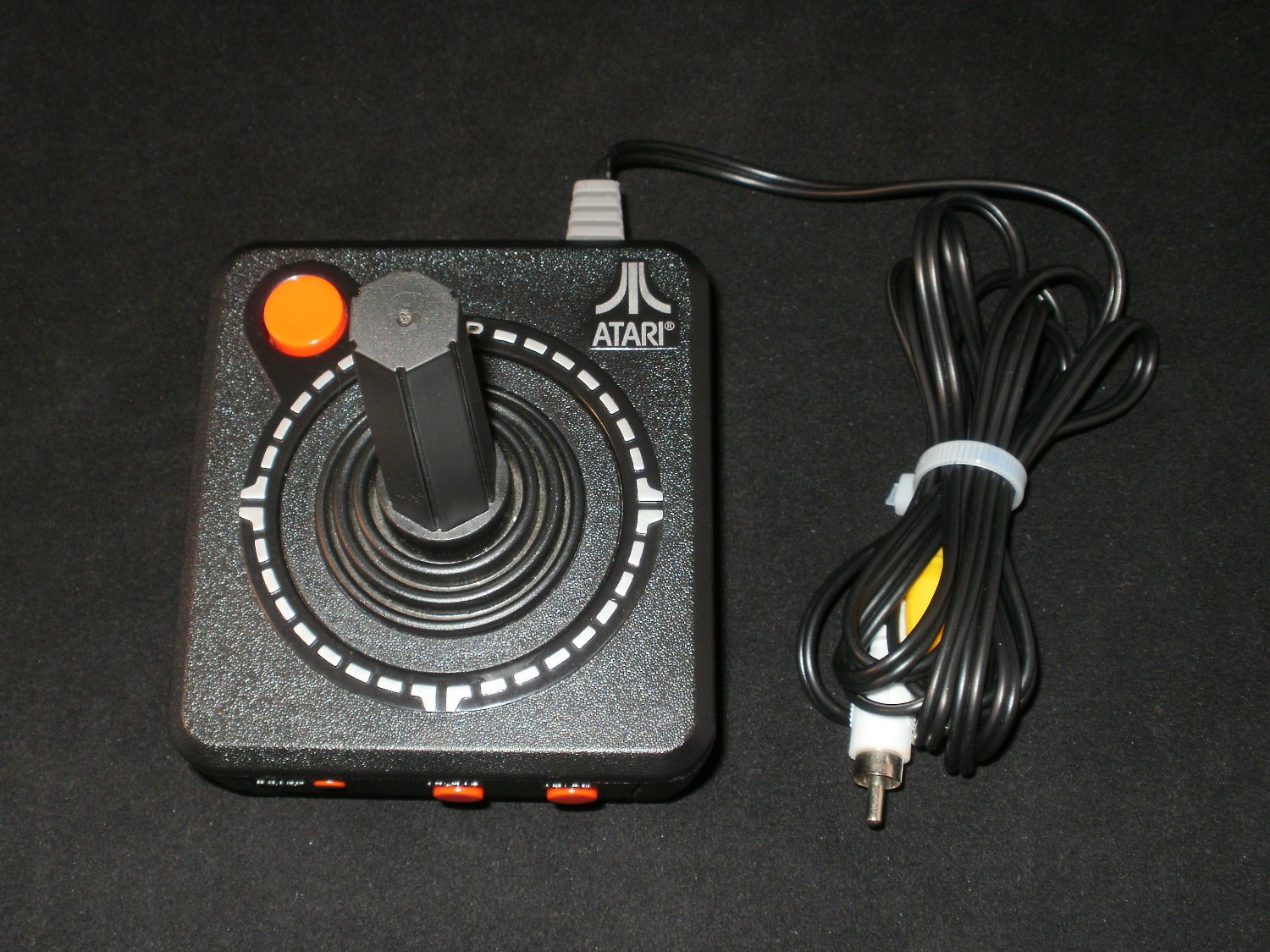Jakks Pacific Atari Hack

This shows the Easter egg as it exists in the Atari Jakks Pacific port of the original Adventure game where the creator's name, Warren Robinett, was removed and replaced with 'TEXT?' This console was released in 2002.
Jakks Pacific Atari 10 in 1 Plug and Play TV Game This unit has 10 great Atari classics built in or pre-loaded including Centipede, Breakout, Gravitar, Pong, Circus Atari, Asteroids, Adventure, Missile Command, Yars Revenge, and Real Sports Volleyball. I had that Namco one as well as an Atari 2600 one and an Activision. To use more proper names and even had a retexture hack for Battle City.
The console includes ten games: • • • • • • • • • Volleyball • The port of was modified to remove the creator's name from the hidden. Atari Paddle [ ] This console was released in 2004. One and two-player versions are available. The console includes 13 games: • • • • Circus Atari • • • • Street Racer • • • • (Arcade) • Warlords (Arcade) References [ ].
• Joystick • Paddles • Driving • Keypad • Trak-Ball, 7 million (As of September 1, 2006 ) Predecessor Successor / The Atari 2600, originally sold as the Atari Video Computer System or Atari VCS until November 1982, is a from Released on September 11, 1977, it is credited with popularizing the use of -based hardware and games contained on, a format first used with the in 1976. This contrasts with the older model of having hardware that could play only those games that were physically built into the unit.
Mac os x 10.7 download free. • Flexibility - Create an immersive, interactive experience for your customers using a variety of media types and formats beyond just audio and video. The free QuickTime Broadcaster software lets you produce live events. The QuickTime file format is a track-based, container-like format that enables you to combine almost any media (audio, video, still images, text, VR, chapters and even alternate languages) in a single movie.
The 2600 was bundled with two, a conjoined pair of controllers, and a game cartridge: initially, and later. The Atari VCS launched with nine cartridges offering simple, low-resolution games in 2 cartridges. Disagreements over sales potential of the VCS led Bushnell to leave Atari in 1978. The system found its with the port of Taito's in 1980 and became widely successful, leading to the creation of third-party game developers, notably, and competition from other home console makers such as and later.
By the end of its primary lifecycle in 1983-4, the 2600 was home to games with much more advanced visuals and gameplay than the system was designed for, such as scrolling platform adventure, which uses four times the ROM of the launch titles. Atari invested heavily in two games for the 2600, and, that would become commercial failures and contributed to the. The 2600 was shelved as the industry recovered, while Warner sold off the home console division of Atari to CEO. The new under Tramiel re-released a lower-cost version of the 2600 in 1986, as well as the that was backwards compatible with the 2600. Atari dropped support for the Atari 2600 on January 1, 1992, after an estimated 30 million units were sold over the system's lifetime. Contents • • • • • • • • • • • • • • • • • • • • • • • • History [ ] Atari was founded by and of which their first major product was in 1972, one of the first successful. It transitioned Pong into a home console version by 1975, helping to pit Atari against, the only other major competitor for home consoles at the time.
Bushnell recognized that this approach to home consoles has a drawback in that because it used custom burned onto the circuit board, it was limited to only one game and any variants, and would require consumers to buy another console to play a different set of games. Further, while they could continue to take games they had created for arcade machines to home consoles, this development step cost at least US$100,000 and time to complete, and once on the market, had only about a three-month shelf life before being outdated, making this a risky move. In 1974, Atari had acquired, an electronics company founded by Steve Mayer and Larry Emmons, both former colleagues of Bushnell and Dabney from, and started Atari's Think Tank, where they were involved with coming up with new ideas for arcade games. Based on Bushnell's concern about single-game consoles, the Grass Valley team started working on how to achieve a home console with multi-game support. Mayer and Emmons recognized that to achieve a home console with multiple game functionality, they would need newly-invented within the console, but at that time, such microprocessors cost US$100–300, far outside the range that their market would support. In September 1975, of had created a low-cost replacement for the, the, which they introduced at the 1975 Wescon trade show in San Francisco.